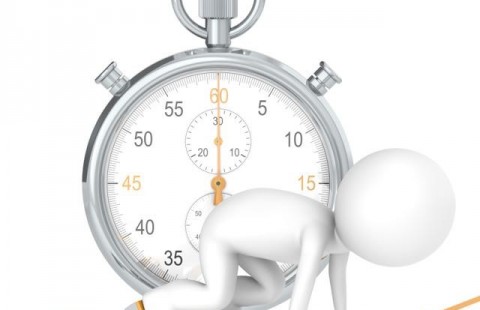Process modelling is graphic or perhaps verbal expression of processes, that is, the sequence in which the individual process activities should be implemented, what inputs and outputs the processes need to work properly. The principal objective here is to enhance the efficiency and performance of the processes and the company as a whole.
Company efficiency through process modelling
Nowadays, the process modelling has been used primarily to have the company working and, subsequently, to enhance the efficiency. The thing is to find the most advantageous sequence in which to perform the separate activities in, for instance, production, trade or procurement in order to save time, finance and labour.
The process modelling also forms a base for implementation of information systems. Or, on the contrary, if the information system introduces a new functionality, there might be a need to alter a process, as some activities will automatically be performed by the information system. The changes tend to be plentiful and it is, therefore, necessary to find such a tool and such a method of modelling that will make it easier for us to locate all the spots effected by the change and adjust them in the matter of minutes. Presently, you may utilize tools such as MS VISIO or OmniGraflle, for instance.
Tools for process modelling
All the tools that maintain or develop the principle of processes are used for their modelling. Here are the fundamental definitions of processes, with the best known ones including:
- map of processes
- flowchart
- turtle diagram
- entity-relationship diagram
- ...
It is appropriate to select a tool that can be effortlessly computer-processed and is easy to make changes in. In our experience, it is much better to use flowcharts rather than turtle diagrams. For the latter ones cannot applicably depict the timeline of activities and the need for inputs and outputs in the flow of activities in time. Therefore, they possess a much lower ablility to provide factual evidence than flowcharts.
Utilizing the map of processes first and only then, in addition, flowcharts for modelling the separate processes looks like a very useful, simple and fast-to-implement solution.
How to describe (model) processes
On the basis of my experience, I can heartily recommend the following procedure for efficient process modelling:
- define all the processes needed
- prioritize them into a logical sequence
- determine the scope of the processes
- in each process, define its mission and objective
- describe the flow of principal activities
- add responsibilities
- supplement the necessary inputs and outputs for the activities
- do not leave out sources and risks
- supplement verbal description with the exigent rules
If it is not an analysis focused on a specific detail and there is a need to model processes of a company, for instance, it is definitely convenient to have a comprehensive framework first and, subsequently, according to the priorities, model the processes in greater depth (detail) as dictated by the situation.














